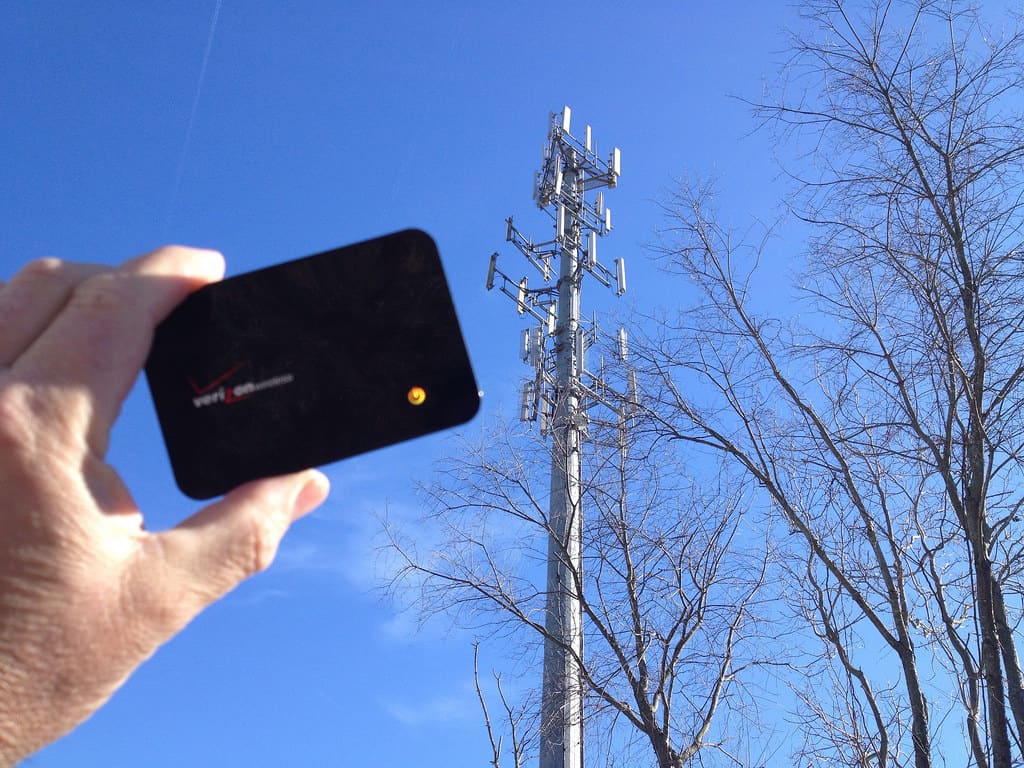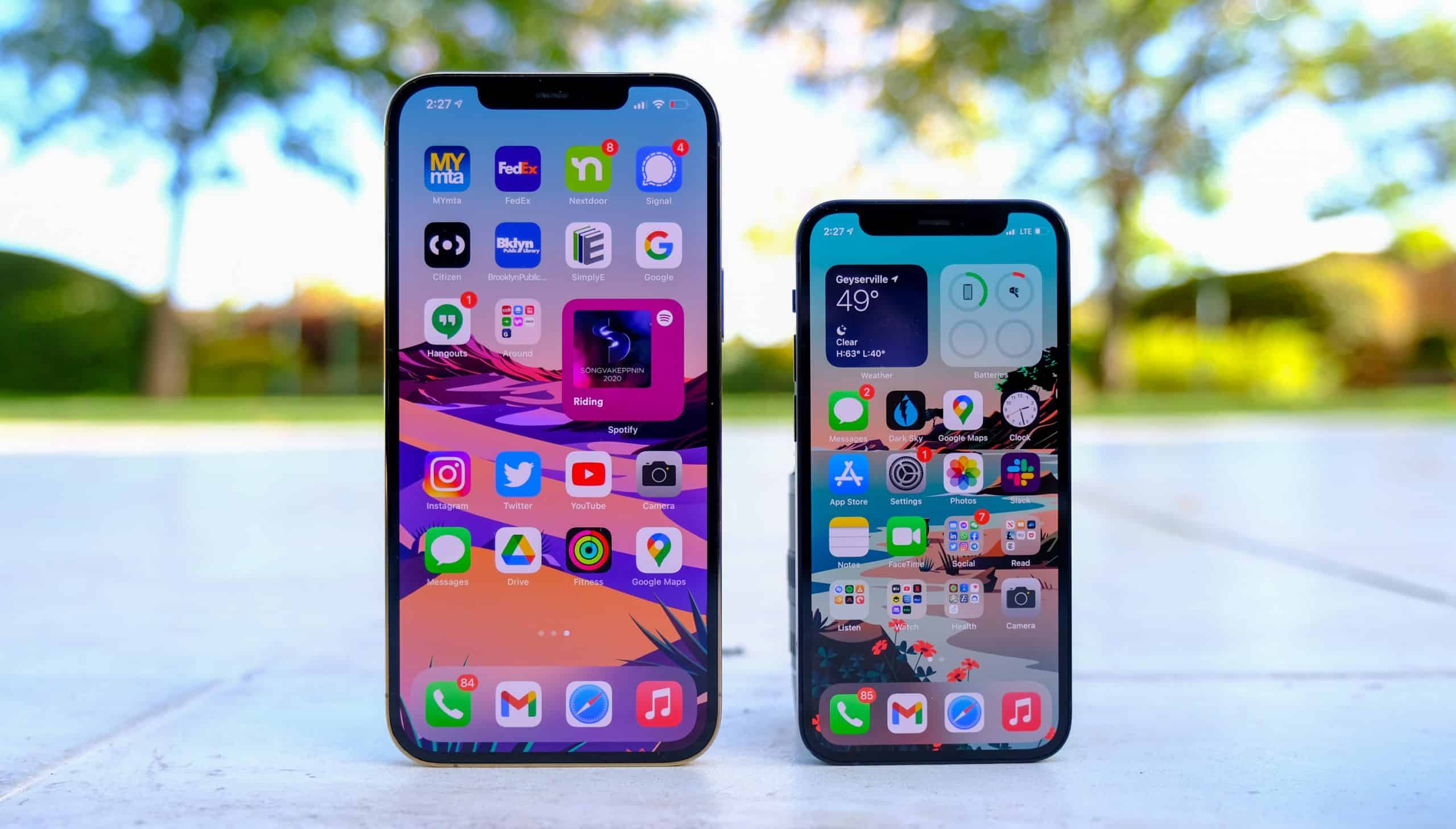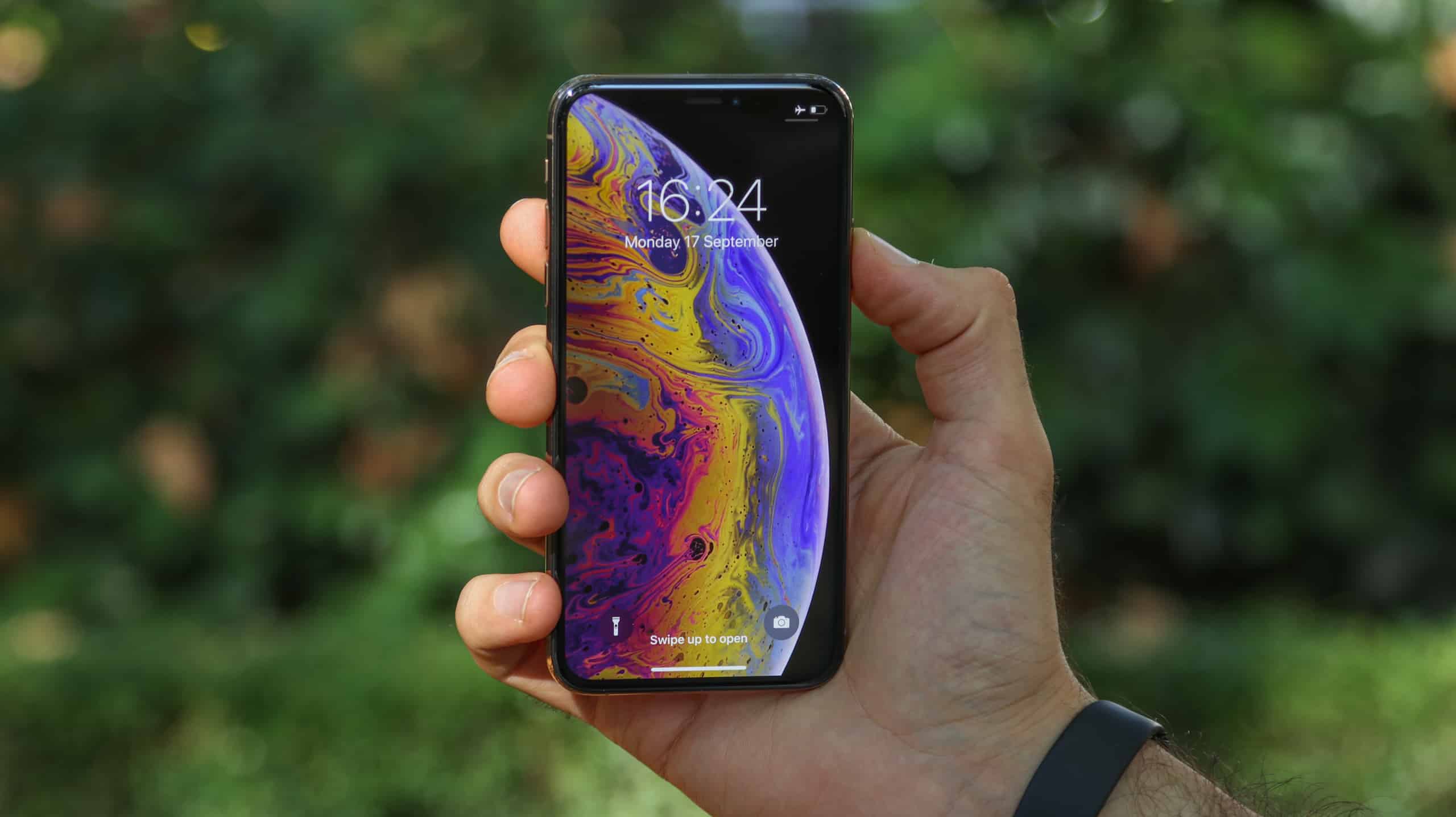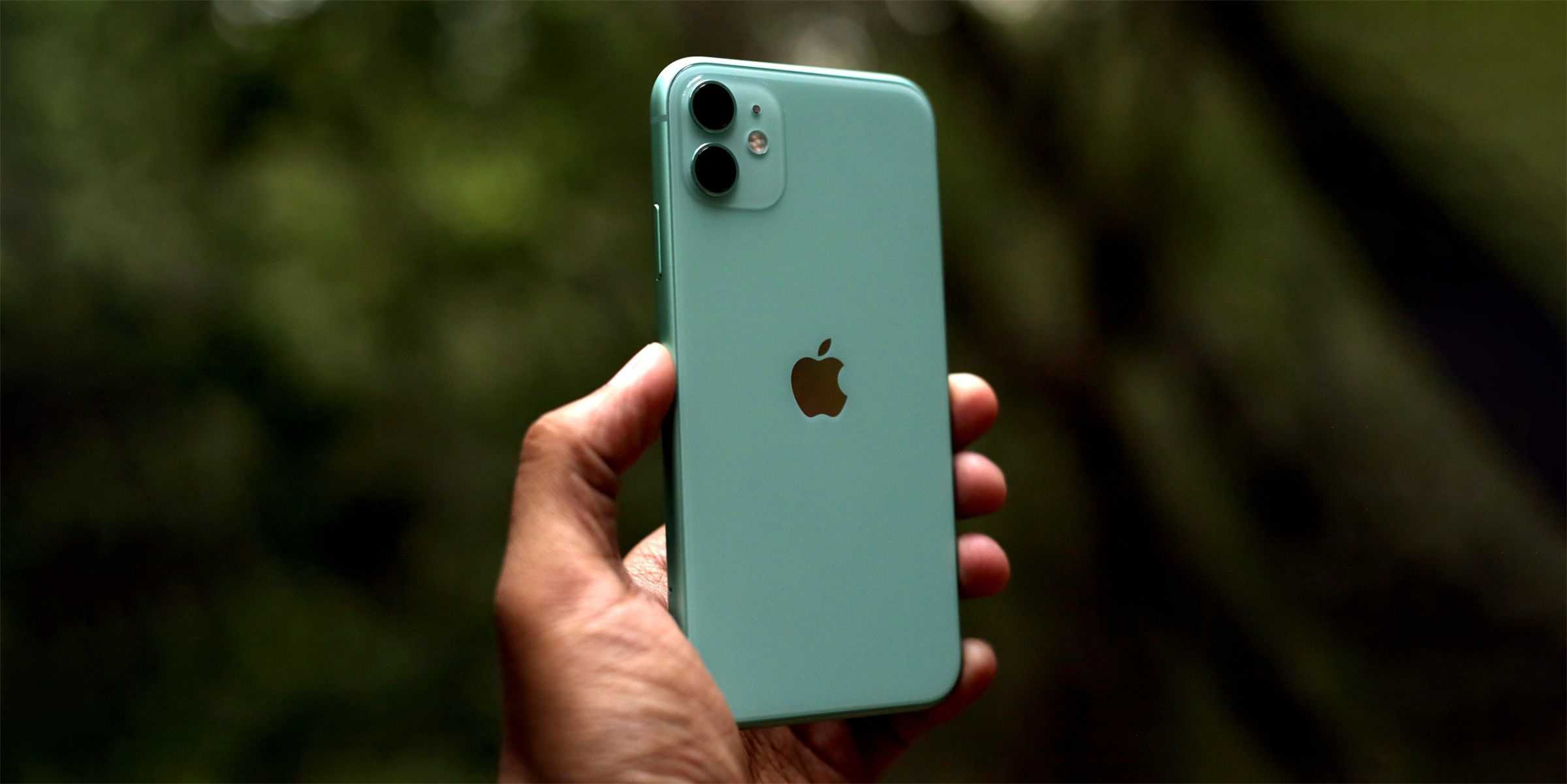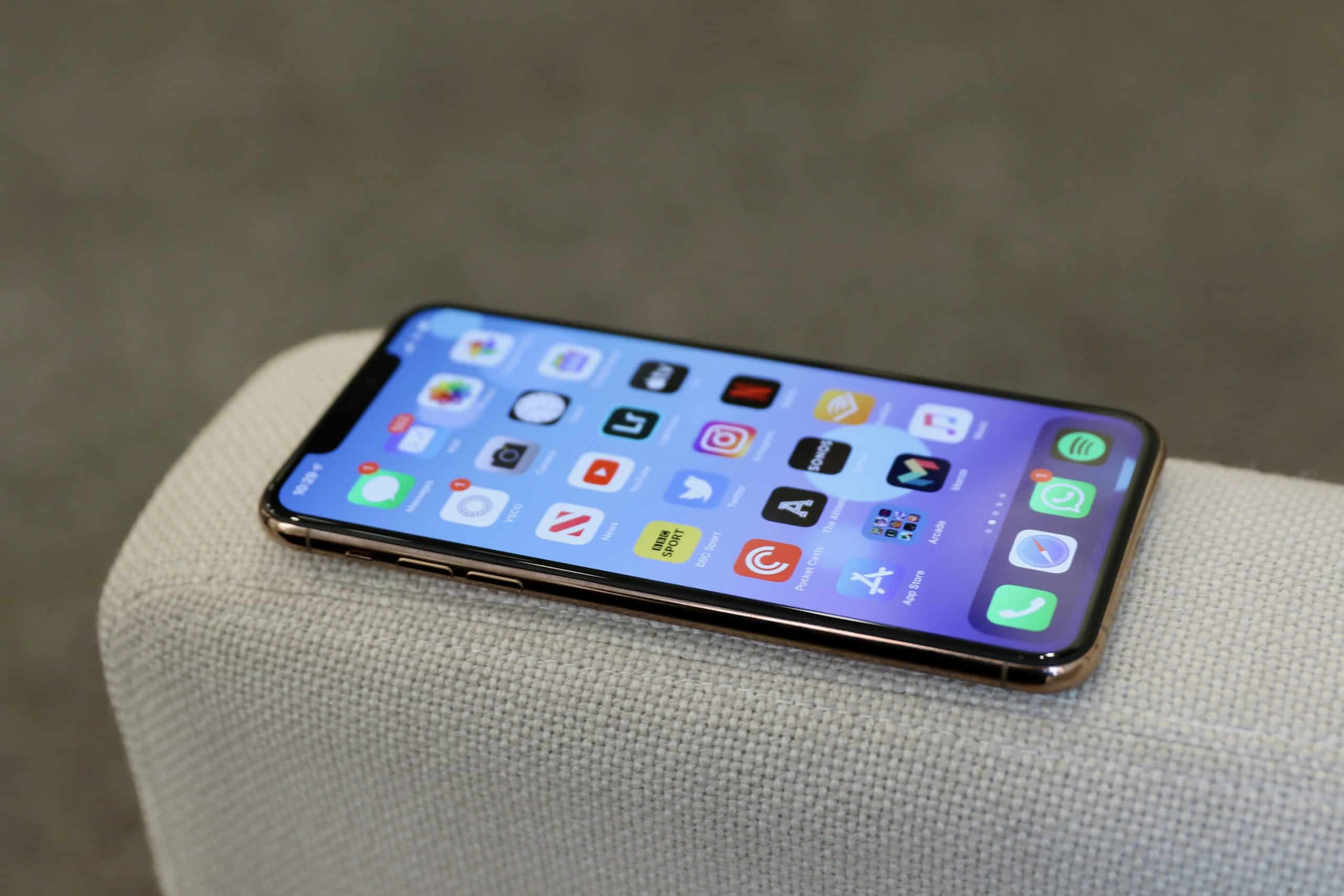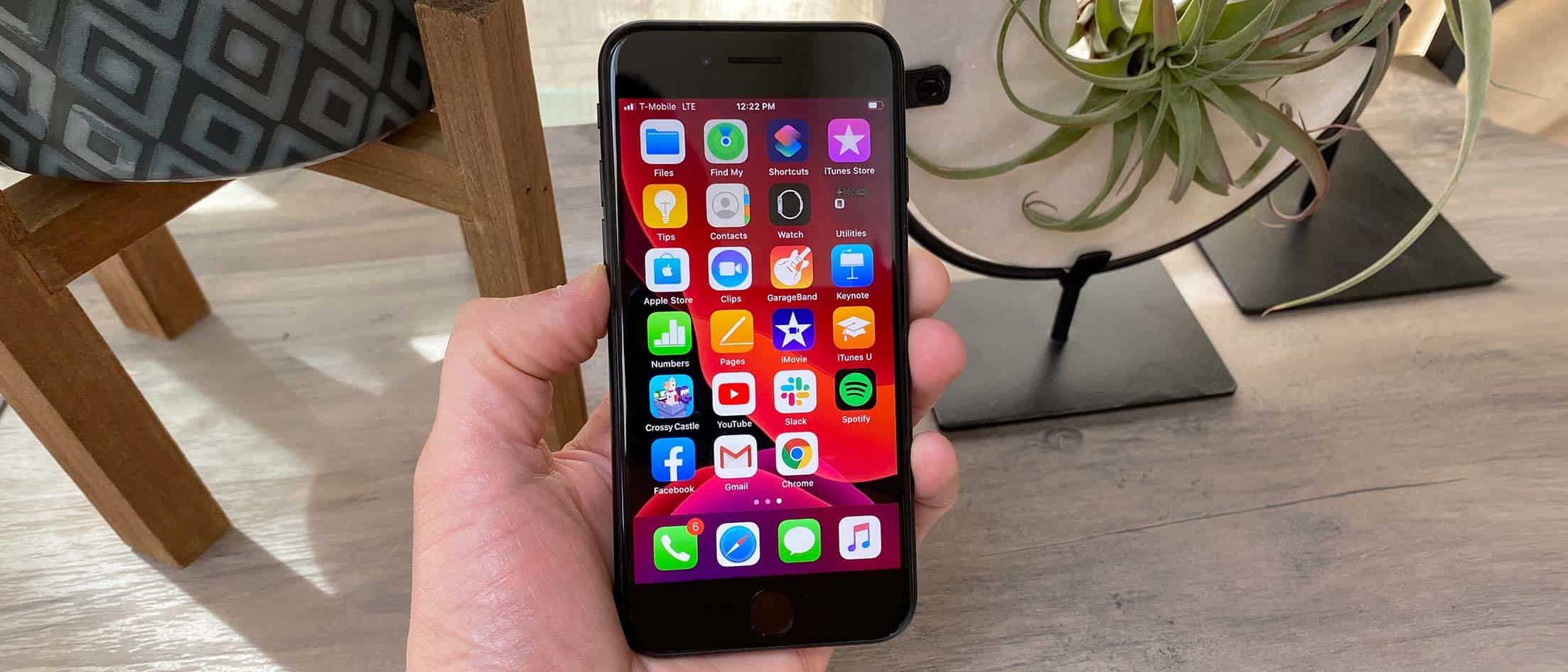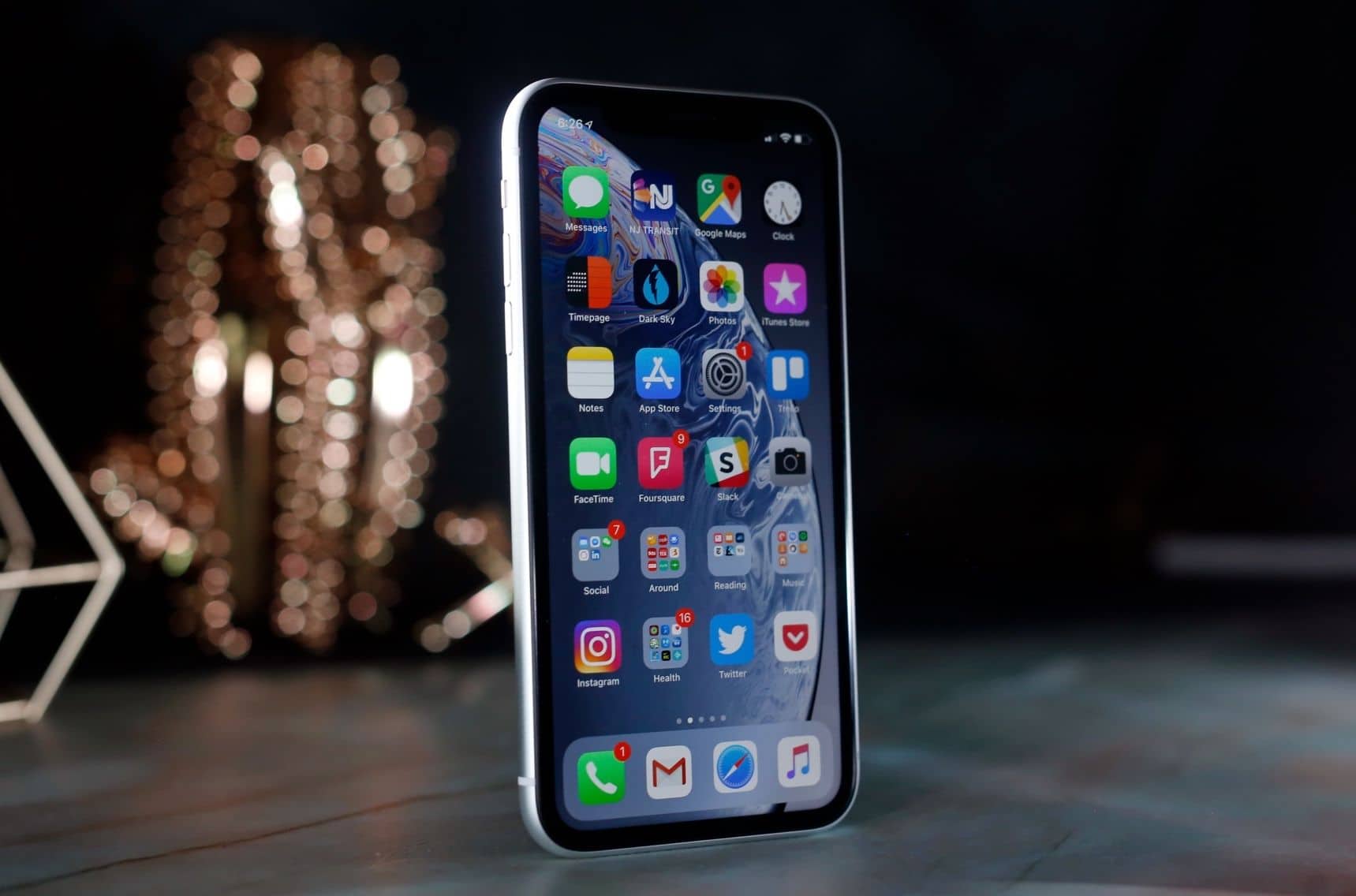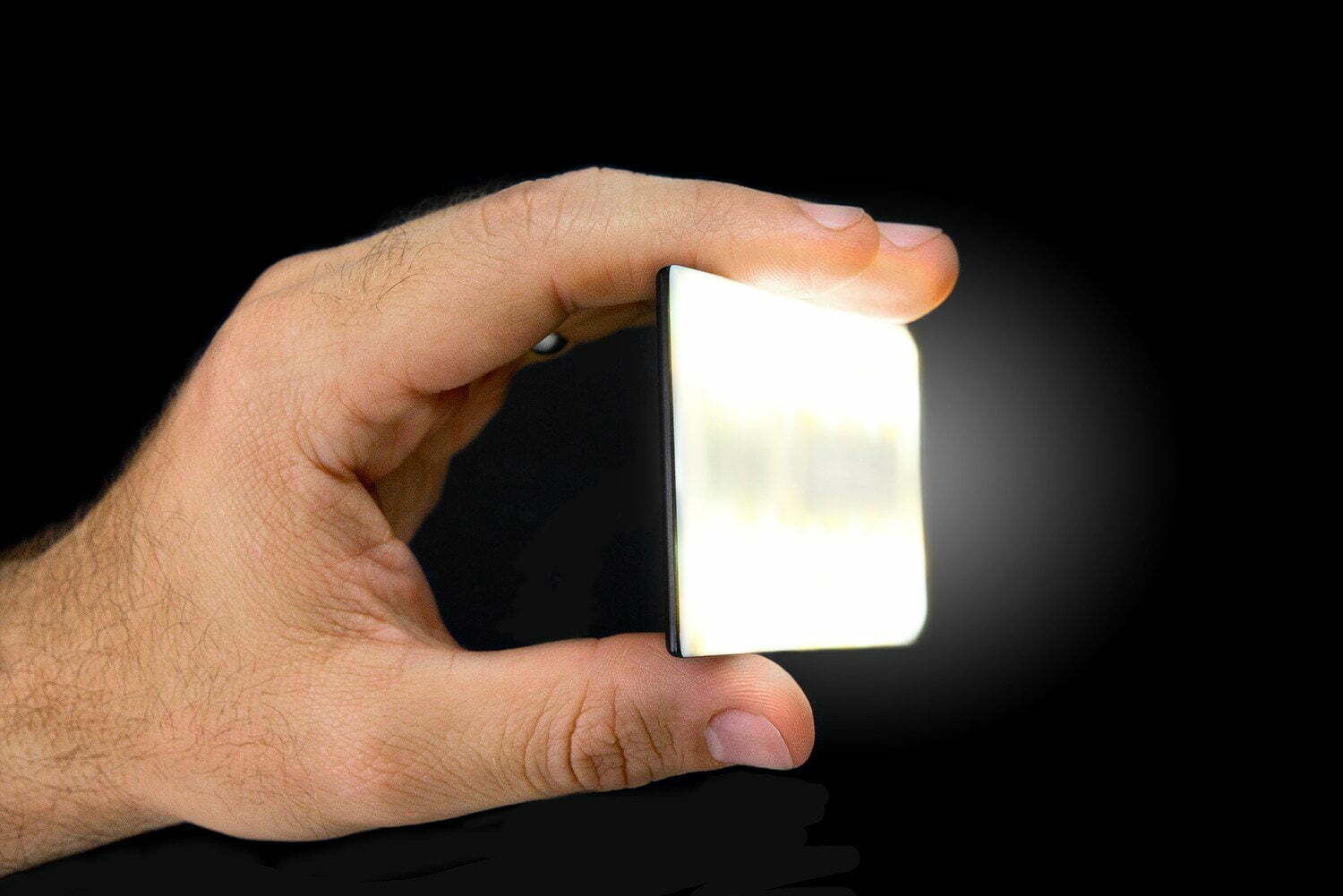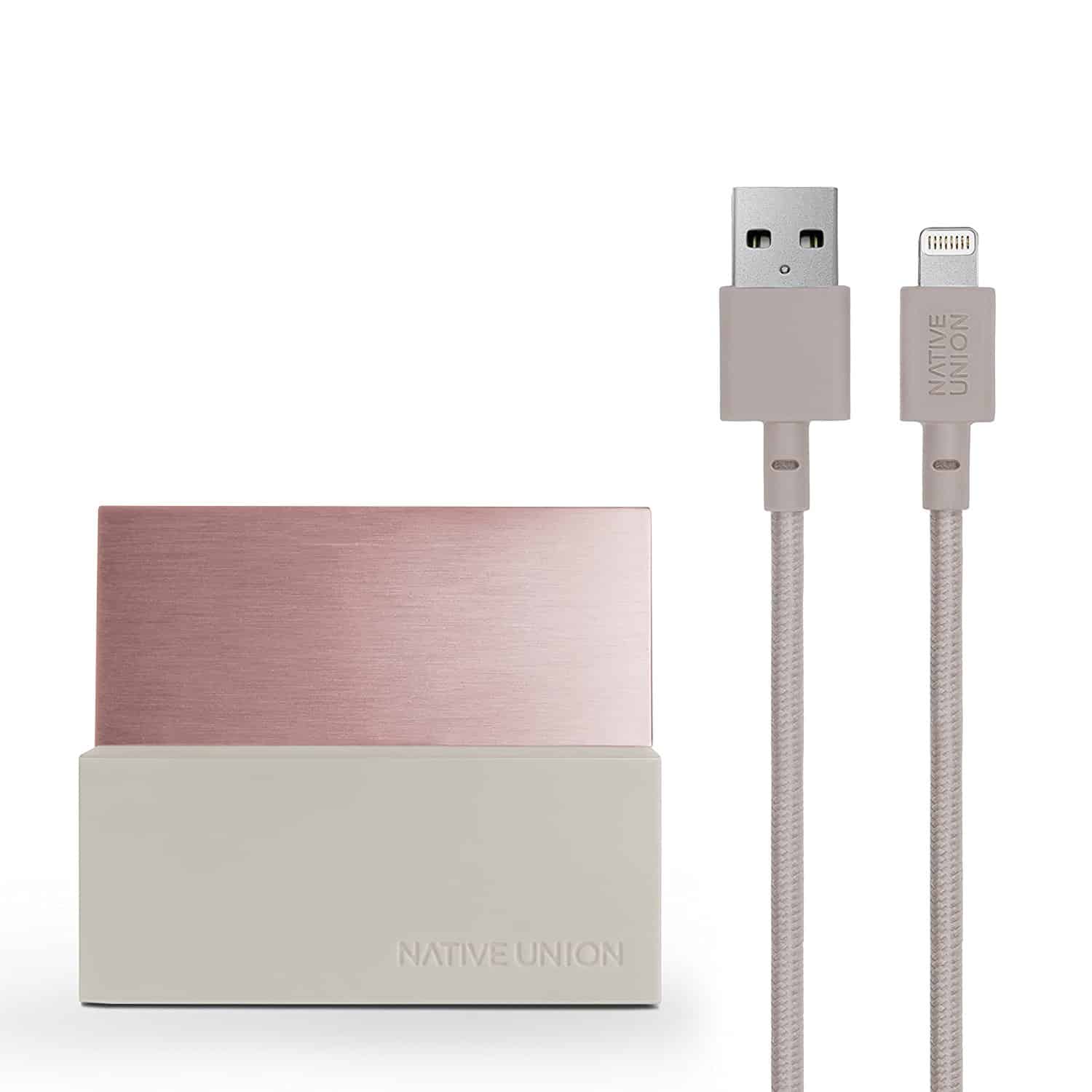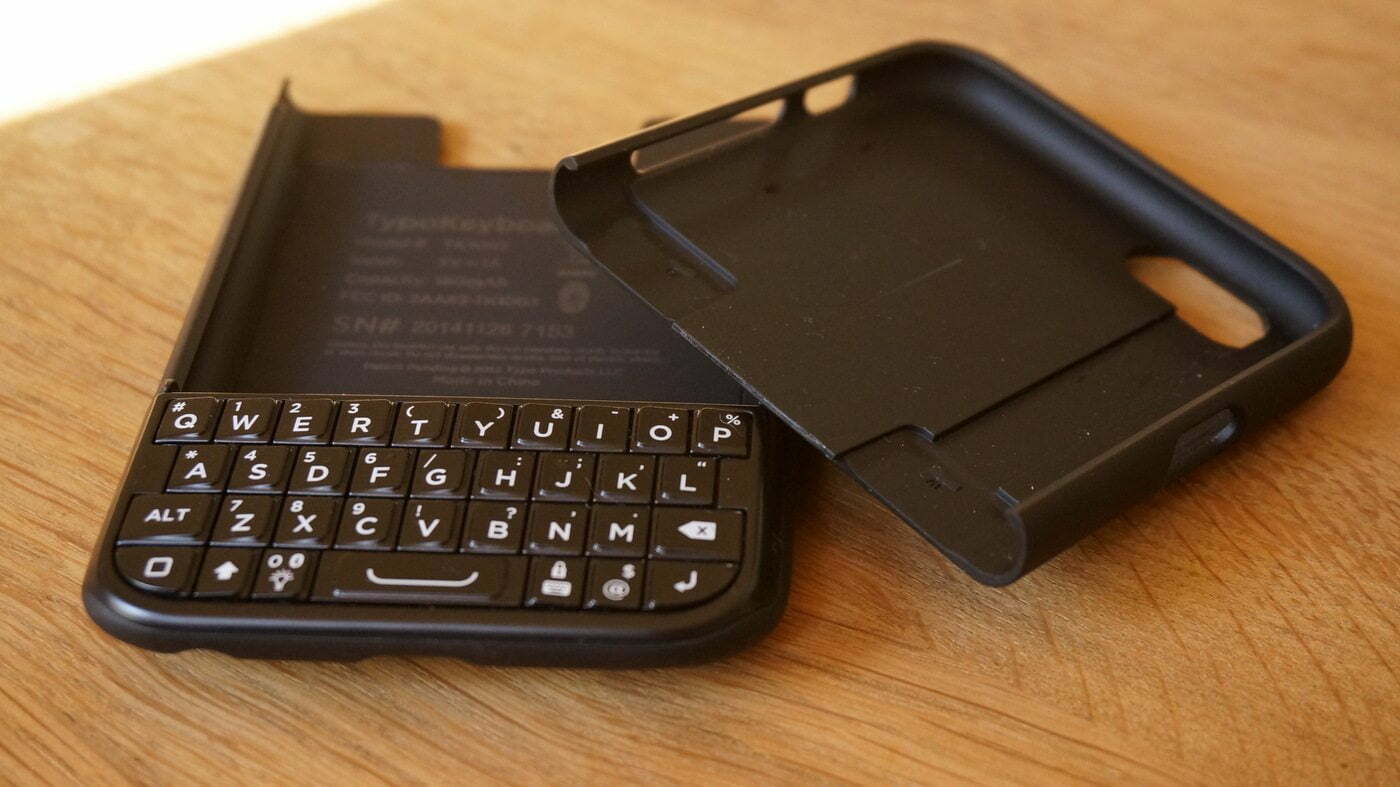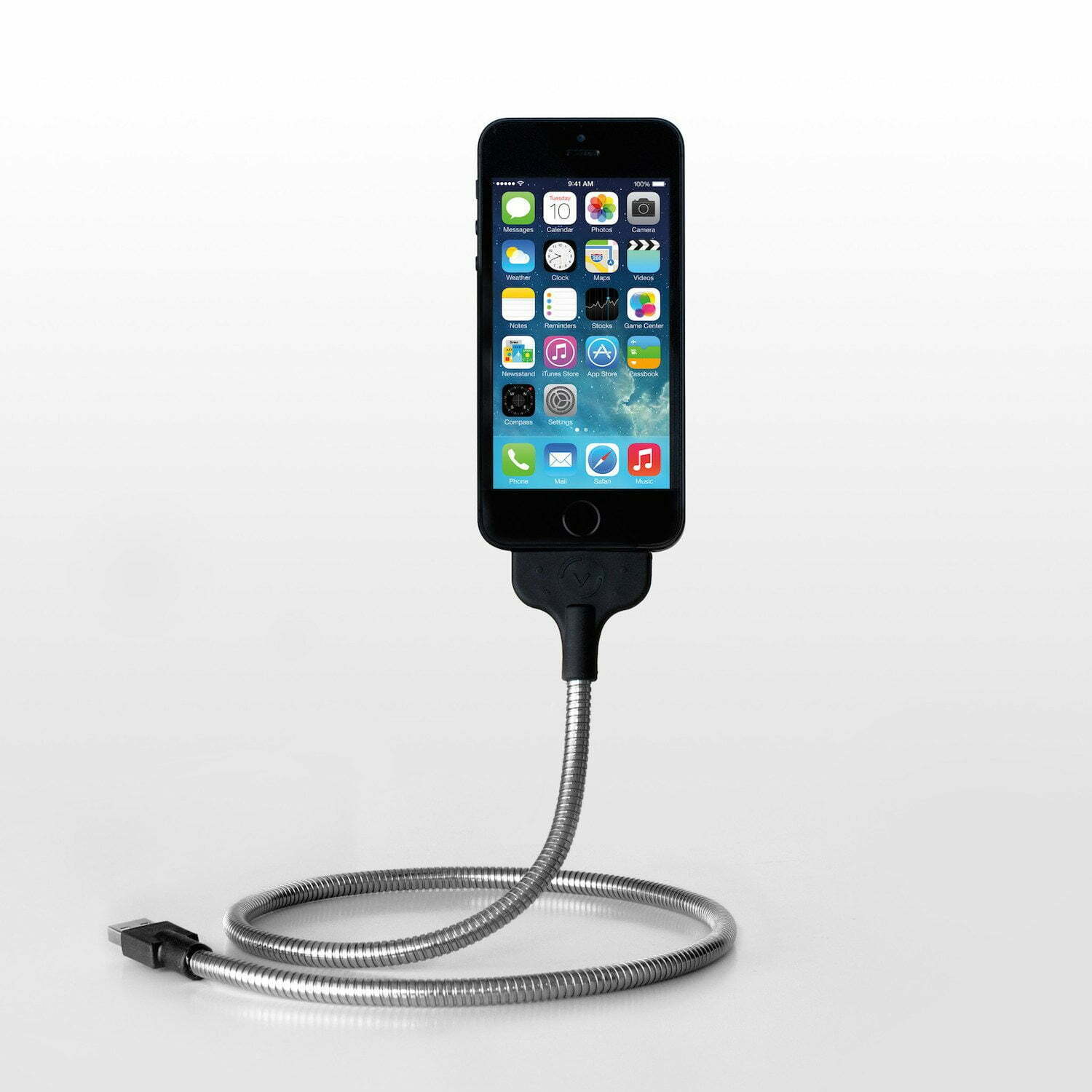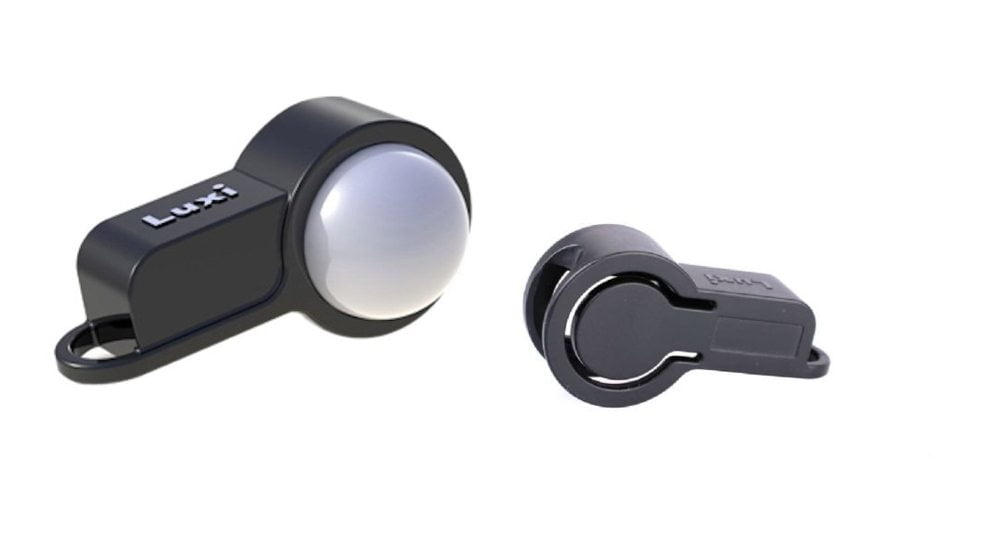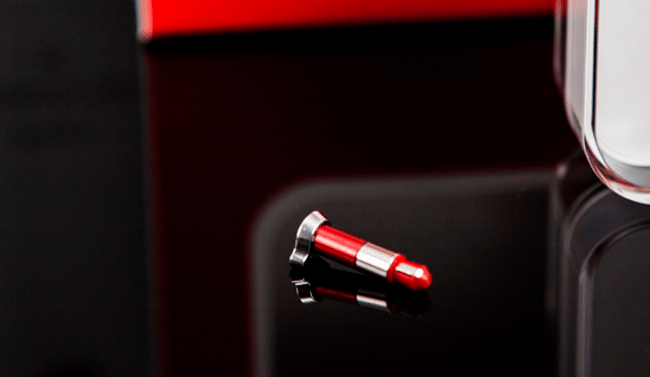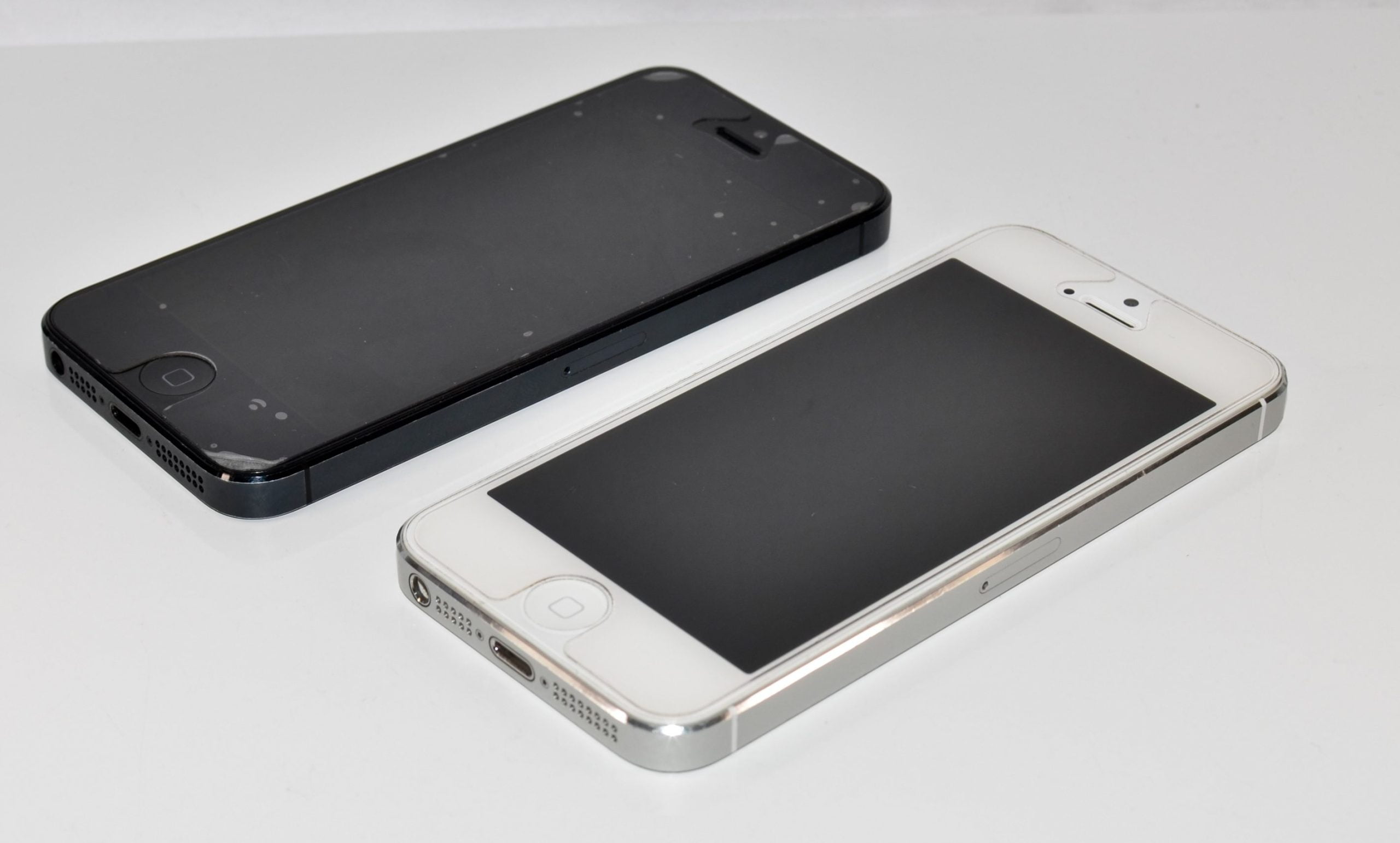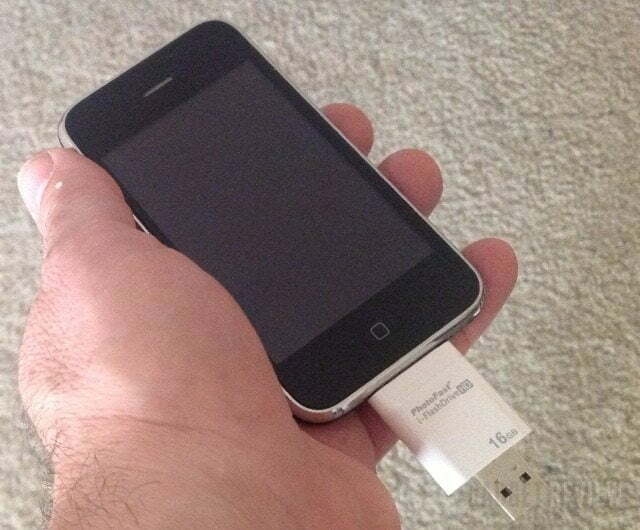So you’ve taken a great little video clip of your kid spilling an entire glass of milk on the floor. It’s in slow-motion. It looks amazing and may go viral on YouTube. But how can you export it from your iPhone 5s? In some ways, it’s easy. But in other ways, it might be more complicated than you think. Slow-motion mode on the iPhone 5s (not available on earlier versions of the iPhone), shoots video at 120 frames-per-second (FPS). The higher frame rate played at 30fps (what we see on television and typical video playback) appears in slow-motion at normal speed because there are 4-times the amount of frames to display. The only problem is, the slow-motion effect is only viewable on the iPhone 5s. If you’re looking for more phone suggestions, then you need to check out our best iPhone guide.
How SlowMo Works on the iPhone 5s
First off, if you haven’t tried the slow-motion mode on the iPhone 5s (dubbed “Slow-Mo”), it’s an option you can choose when in the Camera app. Other shooting options include Video, Photo, Square, and Panoramic. Once you record a Slo-Mo video, you can control where the slow-motion effect happens during the clip by sliding the video playheads (vertical bars) in the timeline above the clip. Play the video back and you’ll see which sections of your video appear in slow-motion. Afterwards, edit the video until you’re satisfied with the results. The new Apple iOS also lets you Trim videos, so you can really get your clips edited down to the content you want. The Trim option also helps you save space on your iPhone by trimming out lengthy sections of videos you don’t need. Be careful though, once the video is trimmed the excess video will be lost forever unless you backed it up. Speaking of your iPhone, you might also be interested in our review of the Clearplex iPhone screen protectors.
Related: Also see our 10 best waterproof iPhone 6 cases.
Now that you’ve got a great slow-motion video to share, how do you get it off the phone? Below are several ways to export your slow-motion video from your iPhone 5s. We’ve listed them roughly with the lowest quality to highest quality methods of exporting the video. If you have any other methods you want to suggest, please use the comments below.
1. Send Your Video via Email or Text Message
If you don’t care too much about losing video quality there are options within the new iOS 7 Camera app to email or text message a video. The video does not get emailed or messaged in native 120fps, rather, it all gets converted to 30fps which is the normal playback speed for video. When the video is processed to email or text, it retains the slow-motion frames you set in the timeline. To email or text message a video you simply locate the clip in your library, select it, and tap the Share option icon in the bottom left corner. You should be able to see the built-in compressor progress bar working when you go to email a video. Unfortunately, you’ll find that sending the video by email reduces quality even more so than text messaging. For example, when sending a test email clip the video sent via text message turned out to be 47.8MB, while the emailed video clip was reduced to 1.72MB. Just the file size alone gives you an indication of how much quality is lost. On the flip side, if you want an easy way to share a slow-motion video emailing or texting it is a quick way to do it.
Related: Check out our best iPhone 5 retina wallpapers.
2. Use a Third-Party App
You can also try using apps to share slow-motion videos such as the TruSloMo app from William Wi. The free app will let you save a compressed version of your slow-motion video (with very little video degradation) to your camera roll. Once the clip is processed at 30fps it will show up in your library. You then open the video and click on the Share button in the lower left to export it to wherever you want. You can upload the video to Instagram, Facebook, YouTube or other social site listed. Slo-Mo Share is another app built to share slow-motion videos from the iPhone 5s with Instagram and other social sites. The app sold by Ki Tat Chung costs .99 but according to reviews has problems recognizing start and end points set for slow-motion in the Photos app.
3. Share Directly with Social Sites
In the Camera app’s default sharing options you’ll find some cloud like service such as Facebook, Mail, iCloud, Messages YouTube, and Vimeo. You can directly post your slow-motion videos to those sites without having to export from your phone. The iPhone will process the video at 30fps and retain the slow-motion aspects achieved by shooting native 120fps. When sharing on Facebook, make sure you go into the Details of the video you will share (after you select it to share on FB), and select Large (HD). This will give you the best quality upload. When uploading to YouTube, you can choose between Standard Definition (SD) or High Definition (HD). You should choose HD for the highest quality, but you’ll need to be connected to a Wi-Fi network to upload. Vimeo also gives you the option of Small, Medium, or Large (HD) quality. For Twitter or Instagram, you’ll still have to email or text it to yourself (although the video gets heavily compressed). Here are some assorted clips from YouTube users KFHD, Ferra Roicher, and Danny Winget that display some excellent results from the Slo-Mo mode.
4. Transfer Slow-Motion Videos to Your PC or Mac
Use a USB cable (Lightning to 30-pin Adapter – 0.2 m) to transfer your video to a Mac or PC using iPhoto or compatible PC application. When opening the file, you’ll find the slow-motion effect will play back in normal 30 frames-per-second. That’s because even though the footage was shot in 120fps, whatever application you use will play it back in 30fps. Even if you view the video in Quicktime (Apple’s multimedia framework), you won’t see it in slow-motion. However, you can utilize the Quicktime Movie Inspector to ensure the video was shot in slow-motion. Just use the key command “Control I” to bring up the Inspector and you’ll see the video’s frame rate is 120.15 FPS (the native 5s Slow-Mo frame rate). This is proof you’ve imported a slow-motion video.
You can then use iMovie, Apple Final Cut Pro, Adobe Premiere, or other video editing application to set the parts of the clip you want in slow-motion. This is how you can maintain the highest quality in your movie clip. In iMovie, for example, you can choose the part of the clip you want in slow-motion by going to Clip > Slow-motion. In the setting you should use 25%, because 120fps is four-times faster than 30fps. In Adobe Premiere you’ll use Clip > Speed/Duration. In Final Cut you use the Change Speed command. Note that when changing the clip speed there may be some processing time before you can view it in real time. After saving your newly edited clips with slow-motion to your hard drive, you can then upload to your favorite social site, iCloud, backup or import back into your phone.
A good example
http://www.youtube.com/watch?v=3Rrp-4ZbOxE
Want to see how far you can take your iPhone 5s slow-motion video? Here’s (video above) some Slo-Mo footage from the iPhone 5s imported to Adobe After Effects and further processed using the plug-in Twixtor on YouTube.
[box_tip]
Viewing the Slo-Mo videos
If you just want to view your slow-motion videos on a larger screen you can export your video to AirPlay, an iOS feature that allows you to stream music, photos, and videos to Apple TV and other AirPlay-enabled devices on your Wi-Fi network. Your iPhone must be on the same wireless network, however, to use AirPlay. But the quality should be decent considering you’re not transferring or processing the video, but rather simply displaying “native” 720p (30fps) video from the iPhone 5s.
[/box_tip]















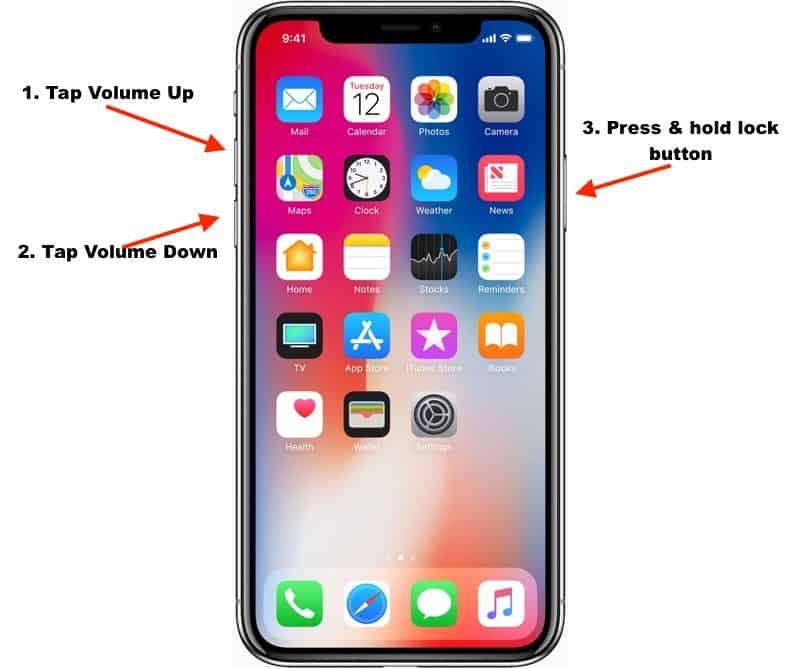



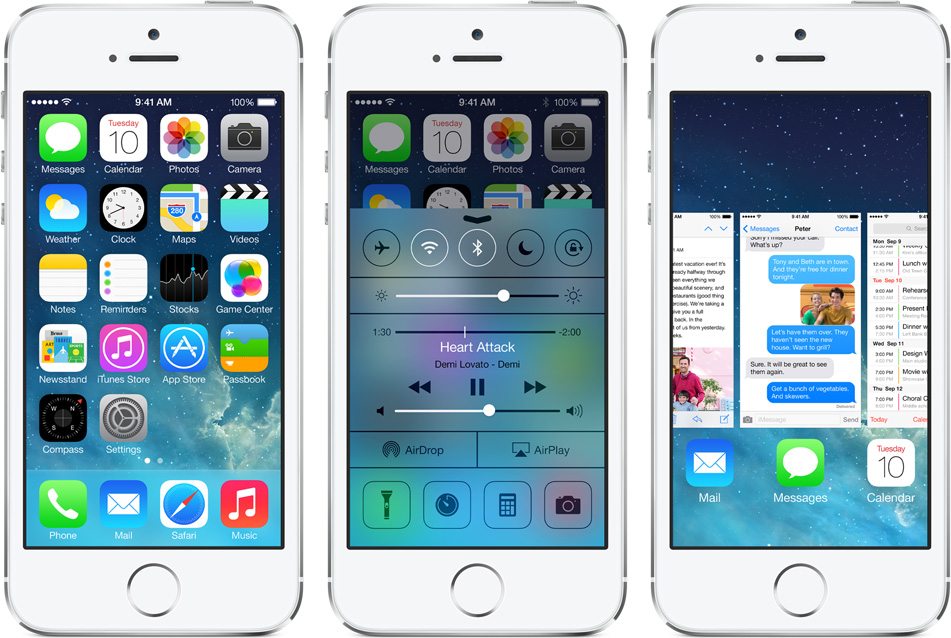
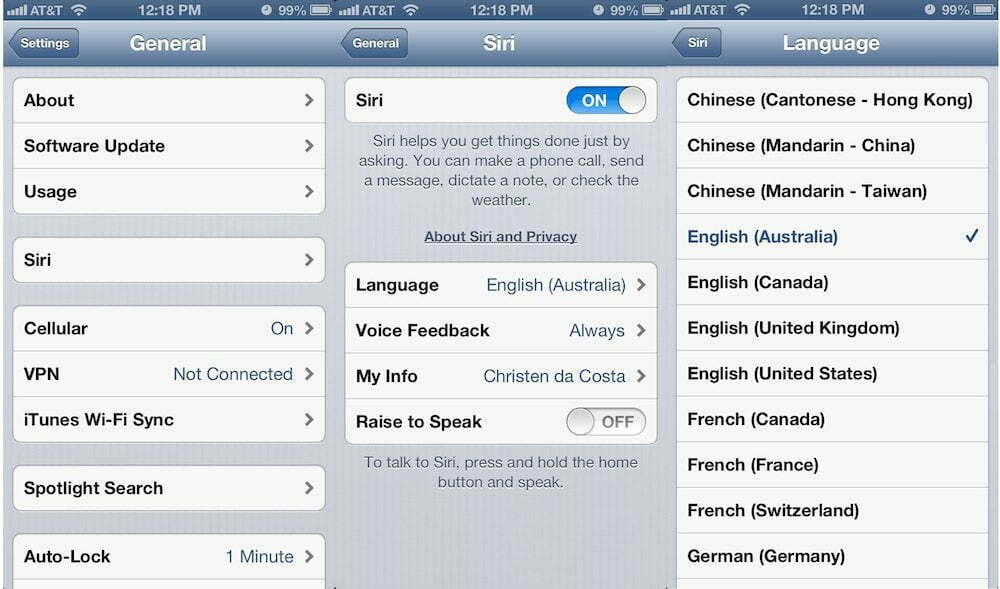

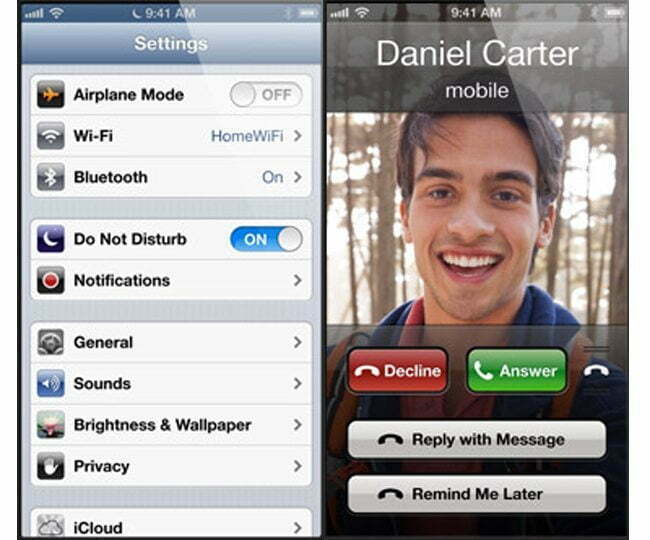


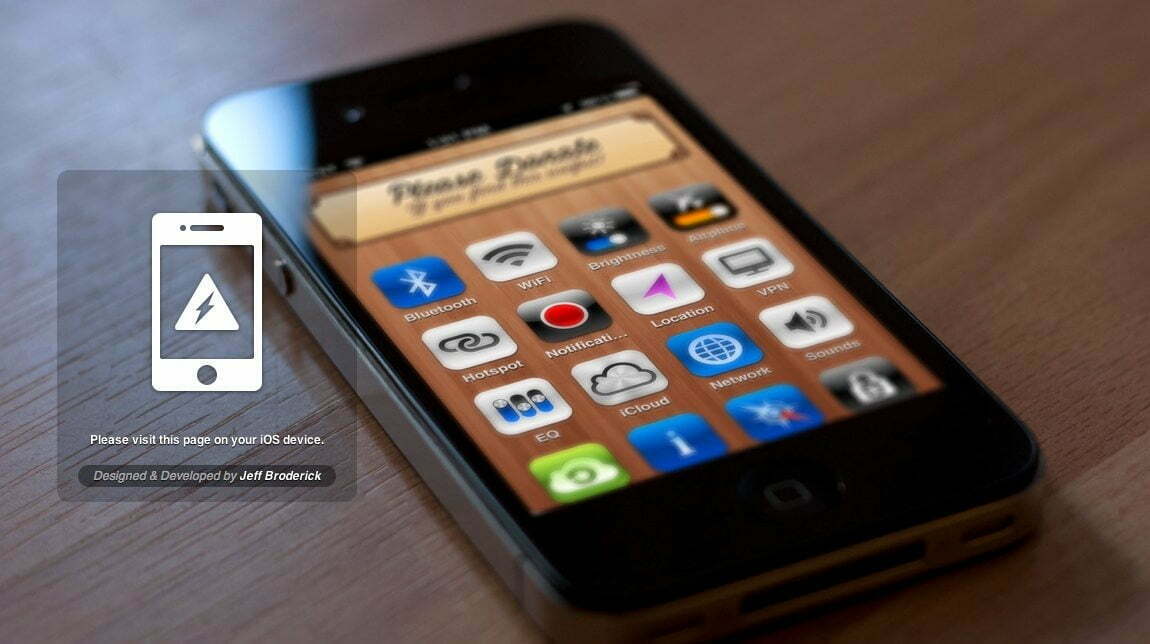

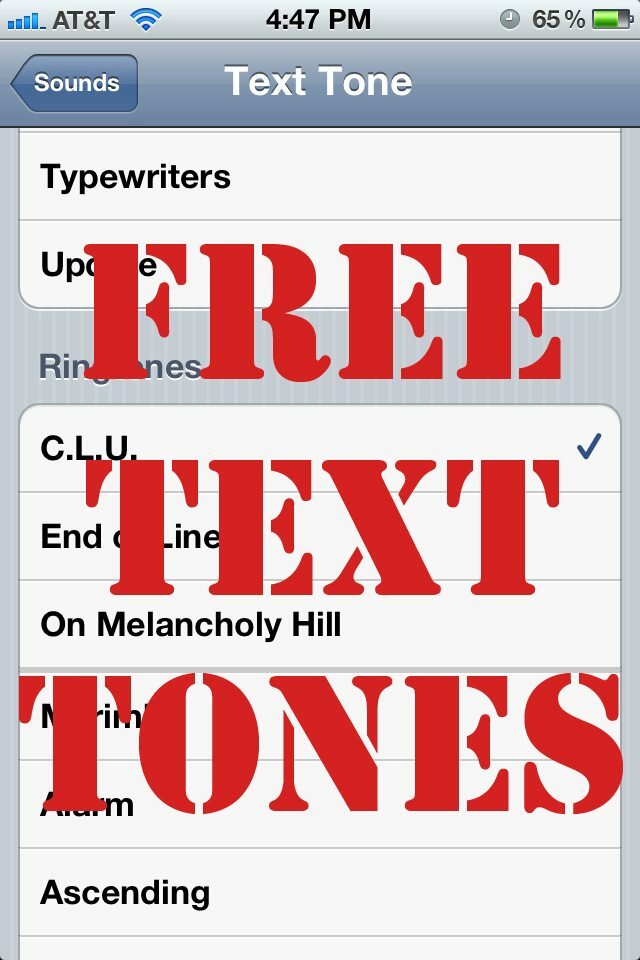



![Best iPhone in [year] ([month] Reviews) 24 Best iPhone in 2026 (January Reviews)](https://www.gadgetreview.dev/wp-content/uploads/best-iphone-image.jpg)
![Best Credit Cards with Cell Phone Insurance in [year] 25 Best Credit Cards with Cell Phone Insurance in 2026](https://www.gadgetreview.dev/wp-content/uploads/best-credit-cards-with-cell-phone-insurance-image-1.jpg)
![Best Smartphone in [year] ([month] Reviews) 26 Best Smartphone in 2026 (January Reviews)](https://www.gadgetreview.dev/wp-content/uploads/MagCase-Is-The-Worlds-Thinnest-Phone-Case-1.jpg)
![10 Best Rugged Smartphones in [year] 27 10 Best Rugged Smartphones in 2026](https://www.gadgetreview.dev/wp-content/uploads/best-rugged-smartphone.jpg)
![10 Most Secure Phones in [year] 28 10 Most Secure Phones in 2026](https://www.gadgetreview.dev/wp-content/uploads/Most-Secure-Phone.jpg)
![10 Best Selfie Camera Phones in [year] 29 10 Best Selfie Camera Phones in 2026](https://www.gadgetreview.dev/wp-content/uploads/best-selfie-camera-phone.jpg)
![10 Best Dual SIM Phones in [year] 30 10 Best Dual SIM Phones in 2026](https://www.gadgetreview.dev/wp-content/uploads/best-dual-sim-phone.jpg)
![10 Best Small Phones in [year] 31 10 Best Small Phones in 2026](https://www.gadgetreview.dev/wp-content/uploads/best-small-phones.jpg)
![10 Best Low Light Camera Phones in [year] 32 10 Best Low Light Camera Phones in 2026](https://www.gadgetreview.dev/wp-content/uploads/best-low-light-camera-phone.jpeg)
![10 Best Large Screen Phones in [year] 33 10 Best Large Screen Phones in 2026](https://www.gadgetreview.dev/wp-content/uploads/best-large-screen-phone.jpg)
